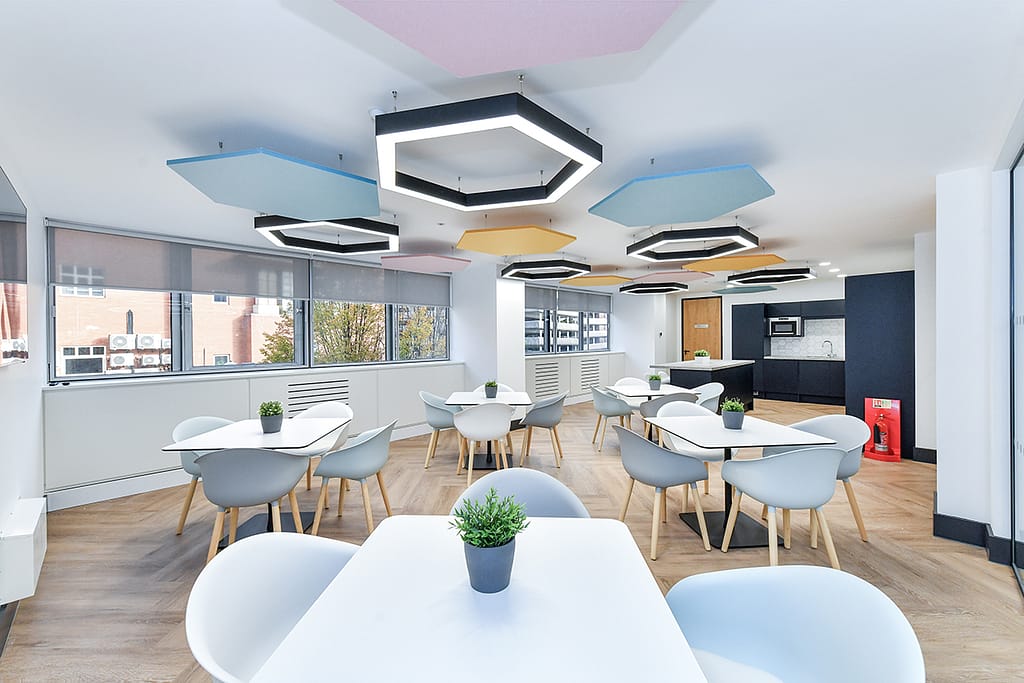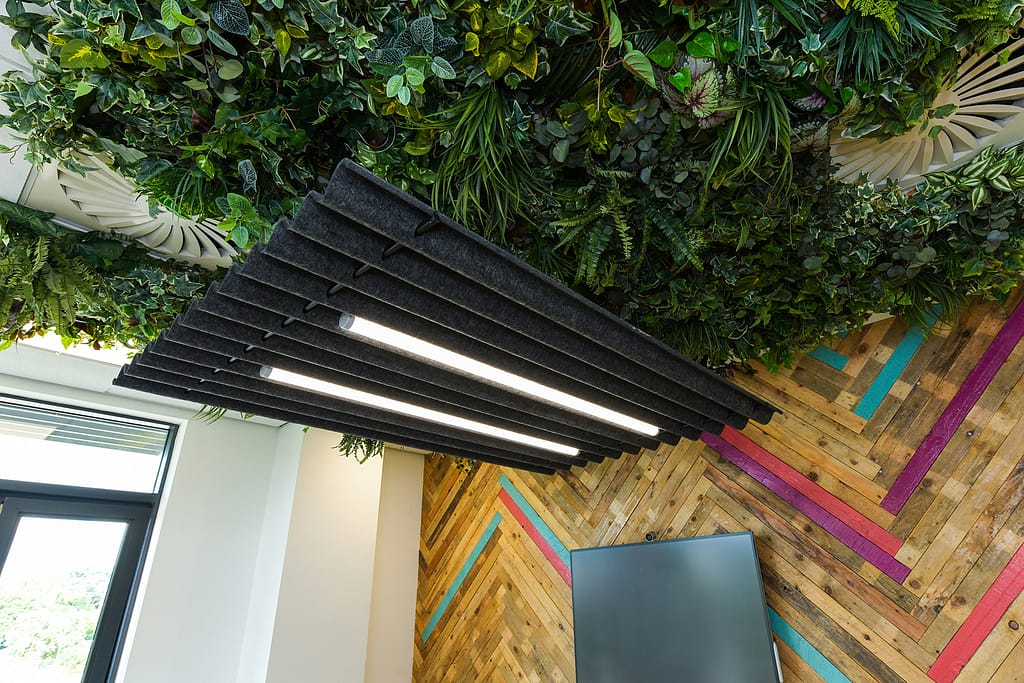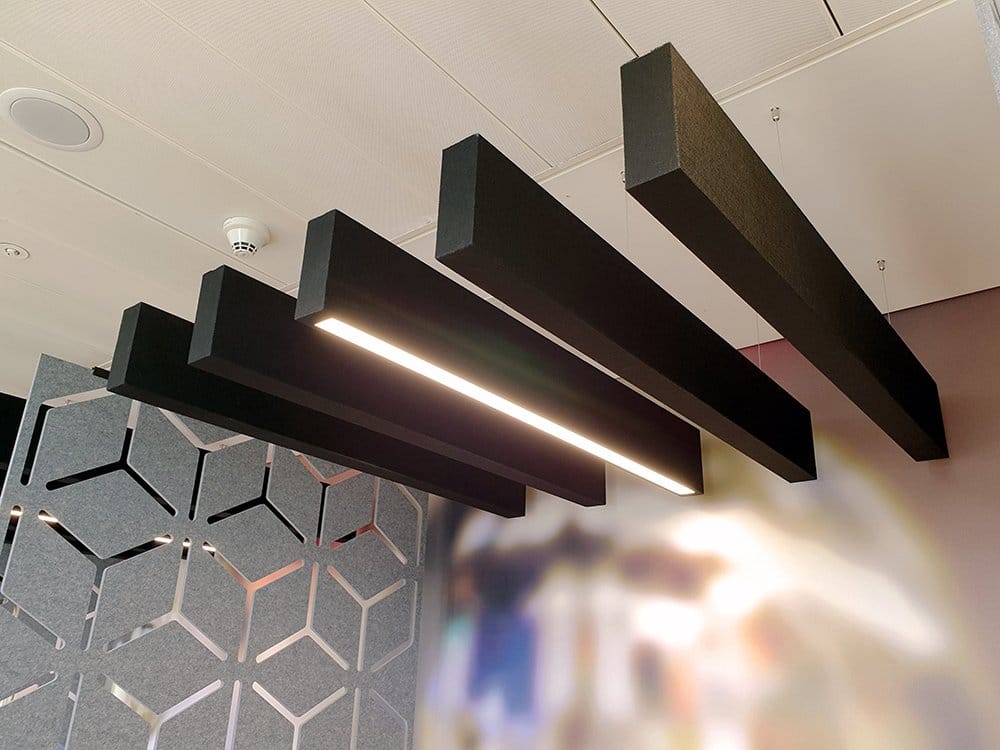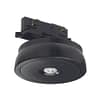Blog
A Guide to Acoustics in Office Design
When it comes to office design, aesthetics and functionality are often the primary considerations. However, one crucial aspect that is often overlooked is acoustic design. Creating a productive and comfortable work environment involves understanding how sound interacts within the office space. In this guide, we will explore the significance of acoustics in office design and provide valuable insights to help you optimise your workplace.

Importance of Acoustics
Acoustics directly impact employee productivity, well-being, and overall satisfaction. Excessive noise levels can lead to distractions, reduced concentration, and increased stress levels. On the other hand, an acoustically well-designed office promotes focus, privacy, and collaboration, enhancing both individual and team performance.
Understanding Sound Transmission
To effectively address acoustic concerns, it is essential to understand how sound travels within a space. Sound transmission can occur through various pathways, such as airborne transmission (through walls, ceilings, and floors) and impact transmission (footsteps, furniture vibrations, etc.). Identifying these pathways helps in implementing appropriate solutions.

Acoustic Solutions
Sound Absorption: Installing sound-absorbing materials like ceiling baffles, acoustic rafts, and wall coverings can minimise sound reflections, reducing noise levels and improving speech intelligibility.
Sound Masking: Background sound, strategically introduced through sound masking systems, can help mask distracting noises and create a more comfortable and private working environment.
Space Planning: Careful consideration of space layouts, such as proper desk positioning, separation of noisy areas, and designated quiet zones, can significantly impact acoustic comfort.
Materials and Finishes: Selecting appropriate materials and finishes, such as carpeting, acoustic ceiling tiles, and acoustic curtains, can help control sound reflections and reverberation.
Collaboration Spaces
Collaboration is a crucial aspect of modern office design, but it can also generate higher noise levels. Implementing acoustic design principles, such as incorporating sound-absorbing materials, can create acoustically optimised collaboration areas that balance openness with speech privacy.

Technological Solutions
Advancements in technology offer innovative solutions for acoustic design. Utilising sound masking systems, white noise machines, and conference room audio enhancements can contribute to a more productive and comfortable workplace.
Understanding and prioritising acoustic design in office spaces is vital for creating a harmonious work environment that promotes productivity, well-being, and collaboration. By implementing thoughtful acoustic solutions, considering sound transmission pathways, and leveraging technological advancements, you can optimise your office’s acoustics and provide an enhanced experience for your employees.
Remember, an acoustically well-designed office is an investment in your team’s performance and satisfaction, ultimately leading to improved productivity and success.
For more information on acoustic design and its impact on office environments, Contact Us. Together, let’s create workplaces where tranquillity and productivity coexist.



